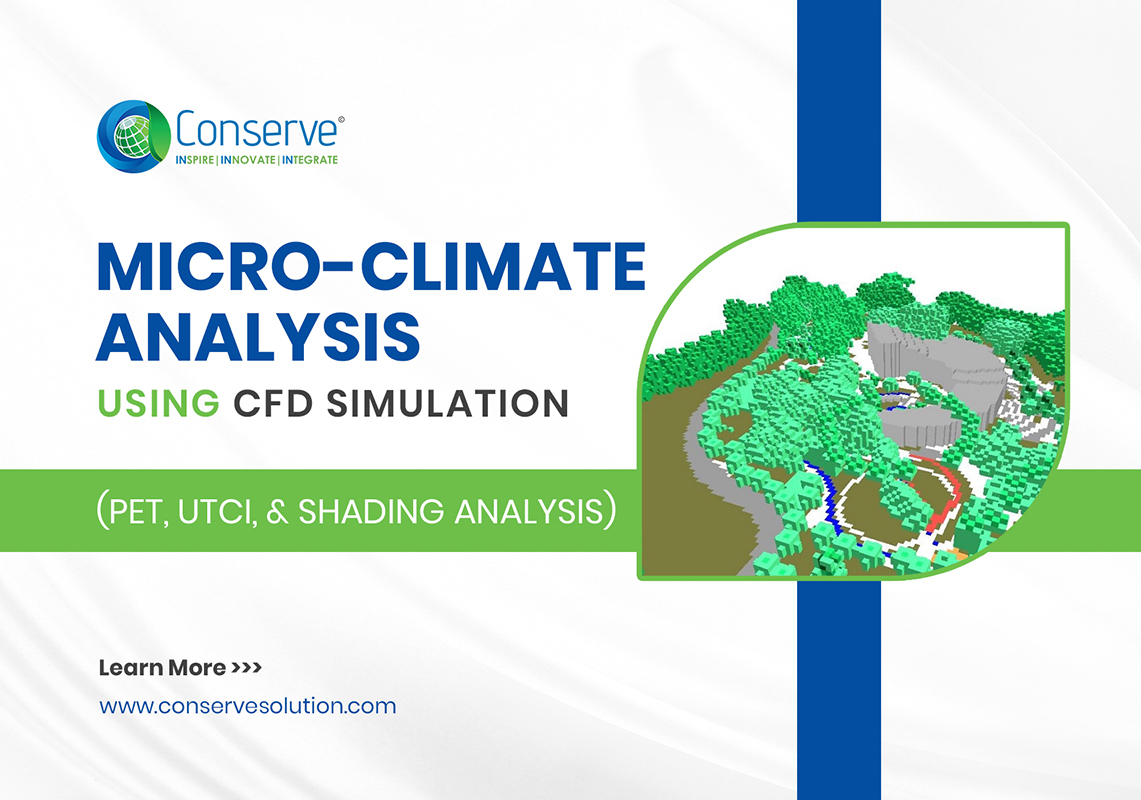Introduction
The purpose of a landscape extends beyond its aesthetic appeal; it encompasses various functions that contribute to the environment, human well-being, and ecological balance. Landscapes serve as habitats for diverse flora and fauna, contribute to biodiversity, regulate temperature and microclimates, manage water resources through absorption and filtration, provide recreational spaces, offer cultural and historical significance, support agriculture and food production, and even have psychological and emotional impacts on individuals. In essence, landscapes fulfill a multitude of ecological, social, and economic roles that collectively contribute to the overall sustainability and quality of life. In hot and humid conditions like UAE, Qatar, Saudi Arabia, Kuwait etc. the landscape is expected to create a major impact on the microclimate.
Also, it is important to ensure the species selected for the landscape survive the summer conditions of these countries. Conserve had an opportunity to perform microclimate analysis for a prestigious project. In this case study we are bringing in how Computational Fluid Dynamics aka CFD can be leveraged to conduct microclimate analysis of a landscape.
Objective
The objective of the Microclimate analysis is to analyze the below listed parameters and record the behavior of the plant species inside the Garden.
- To understand the temperature patterns observed in and around the Garden during the extreme conditions (Summer and Winter).
- To understand the Leaf temperatures and their survival, growth in the surrounding microclimate.
- To understand the surface temperatures at lower heights (<0.5m) to understand the impact of the microclimate on the softscape elements such as grass, lower shrubs and pavers; their survival and growth in the surrounding microclimate.
- The understanding of local conditions will provide a base for Specialists to better inform their decisions and understanding of the growth of native as well as non-native species and their healthy growth.
Execution Methodology
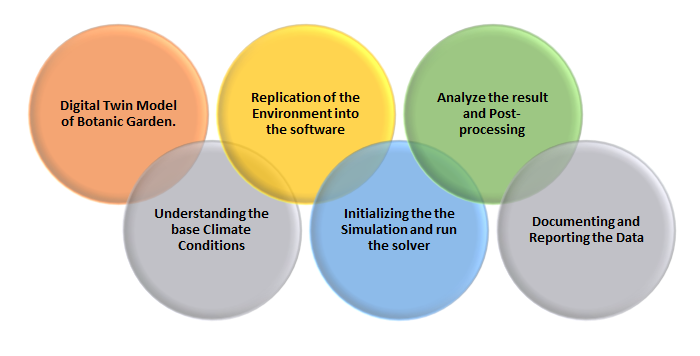
Digital Twin Model along with input boundaries
The below figure highlights the entire boundary of the garden and the applicable boundary conditions that have been fed into the commercial software to proceed with the analysis.
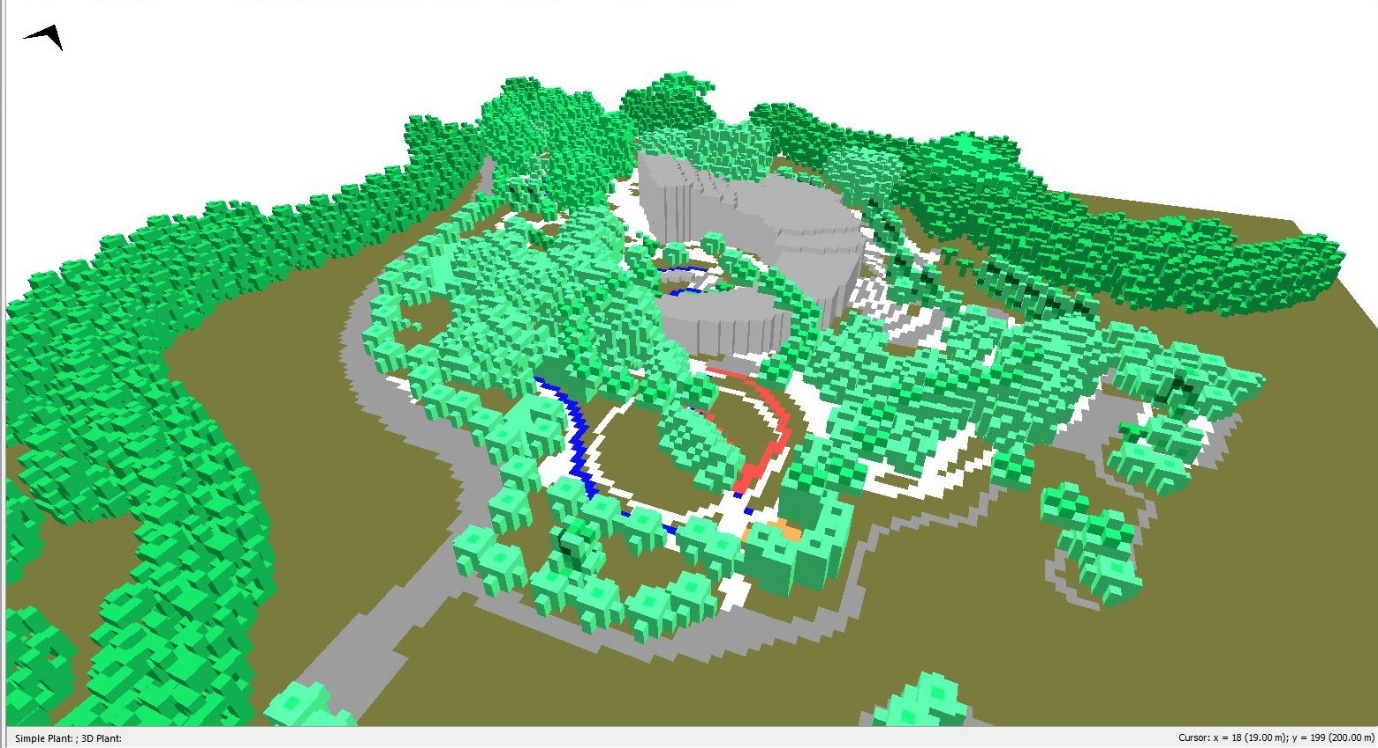
Analysis Output
The below figure highlights the temperature distribution across the garden area on the extreme climatic conditions.
1. Potential Air Temperatures across the garden at 1.5m height from the Ground Level
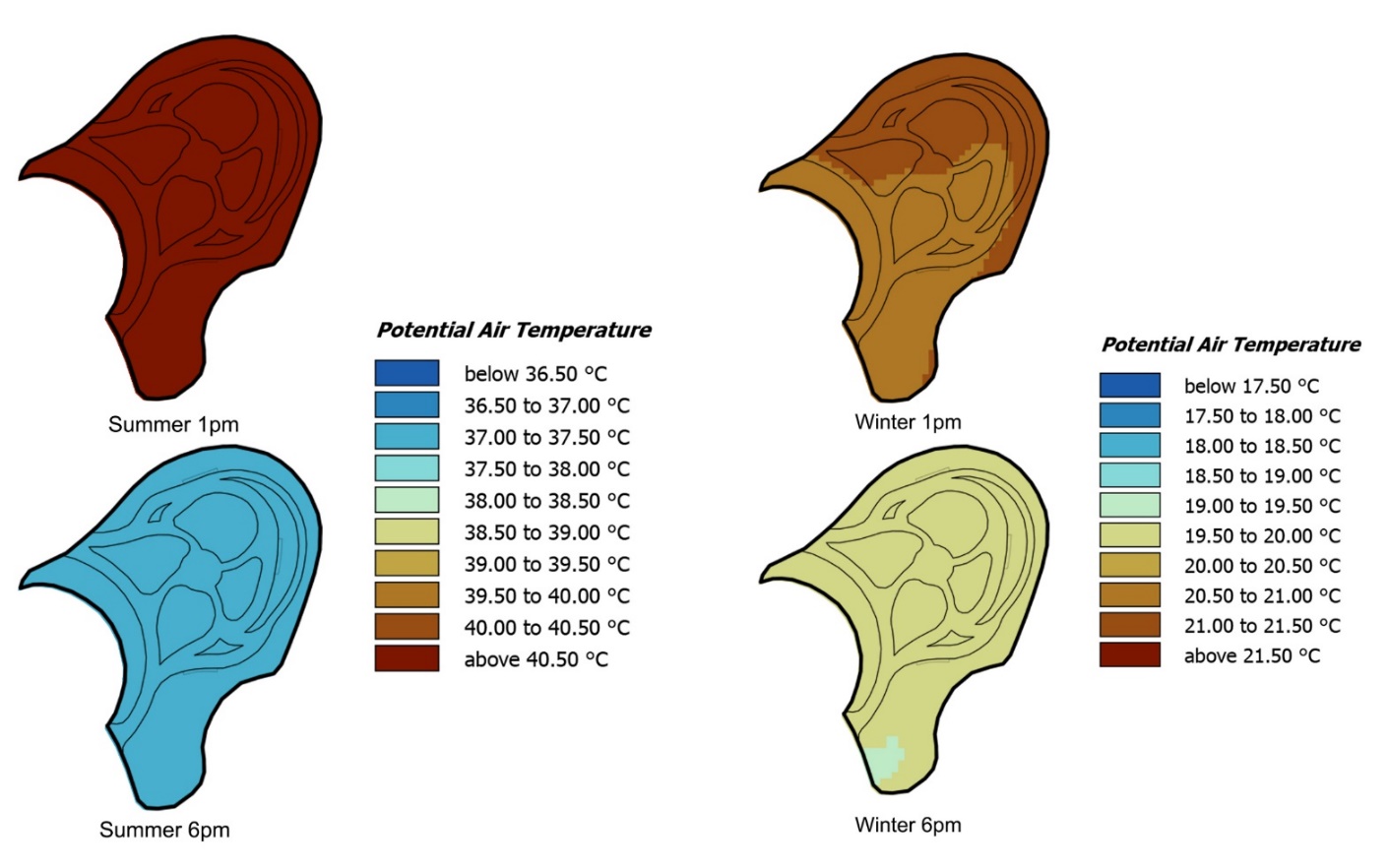
2. Potential Air Temperatures across the garden at the Ground Level
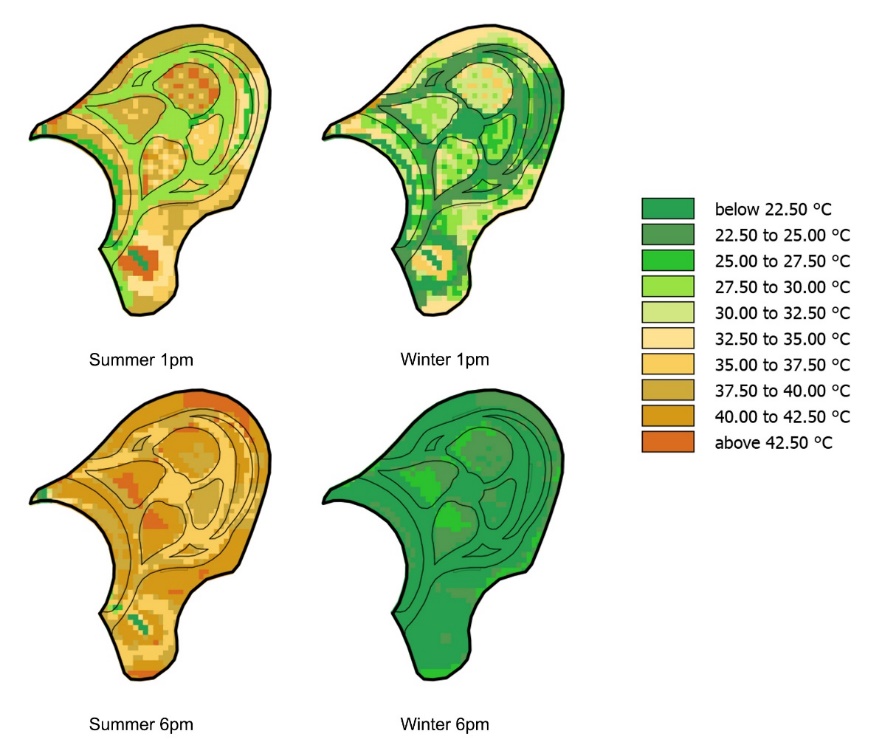
3. Leaf Temperature during Summer
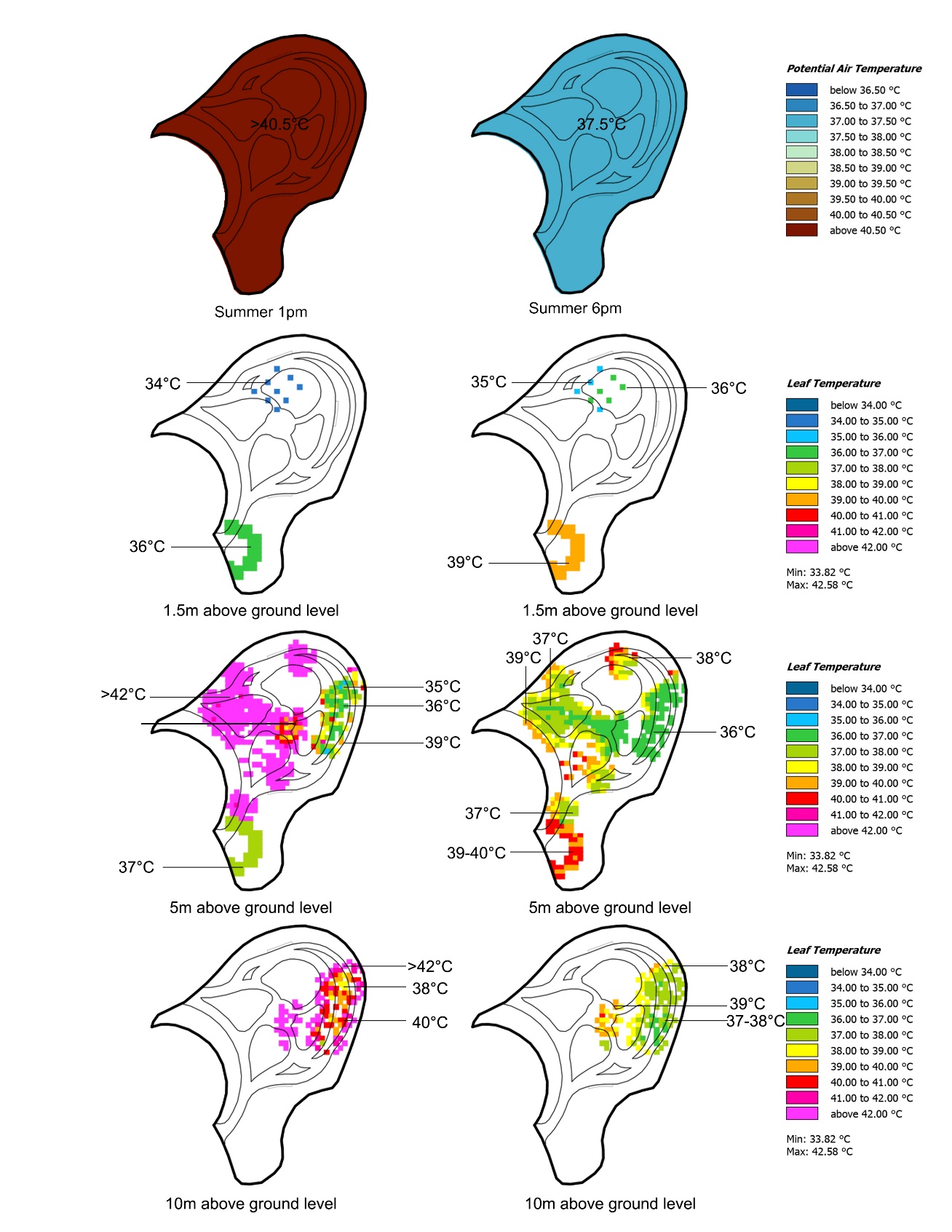
4. Leaf Temperature during Winter
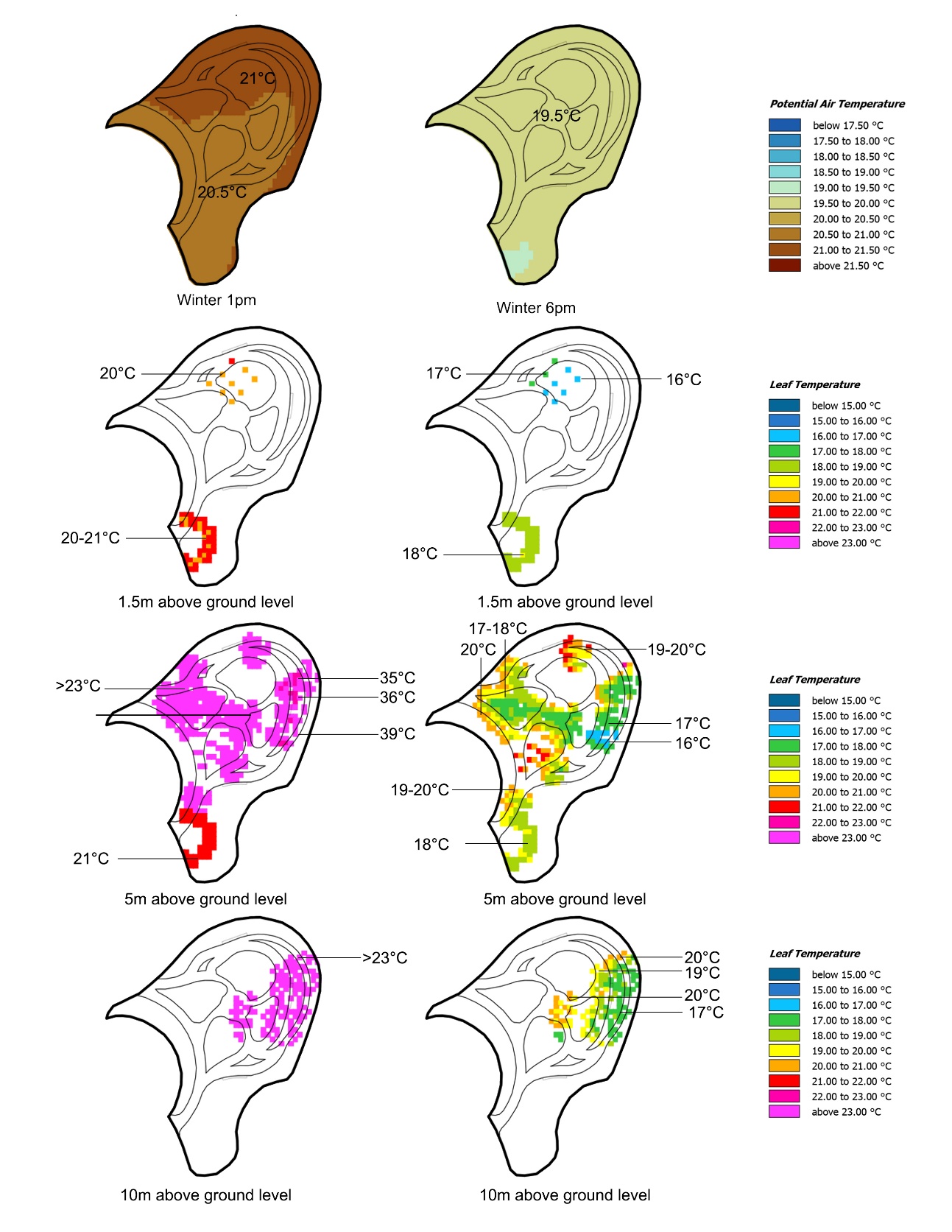
Conclusion
Post analysis Conserve has recorded and studied the temperature distribution across the entire garden along with the Wind speed and Solar Radiation. The recorded output was documented and studied by the Landscape specialist to understand the life and well-being of the proposed plant species across the garden.
Author
-

With over 6+ years of experience within the Built Environment, I specialize in project management and team leadership, successfully overseeing the execution of 35+ diverse projects across commercial, healthcare, retail, high-rise towers, infrastructure, and hospitality sectors. My expertise lies in conducting and handling CFD analysis, Piping Analysis, Structural Analysis, HVAC calculations, and utilizing 3D laser scanning and BIM methodologies within the realm of building services and Oil & Gas.

